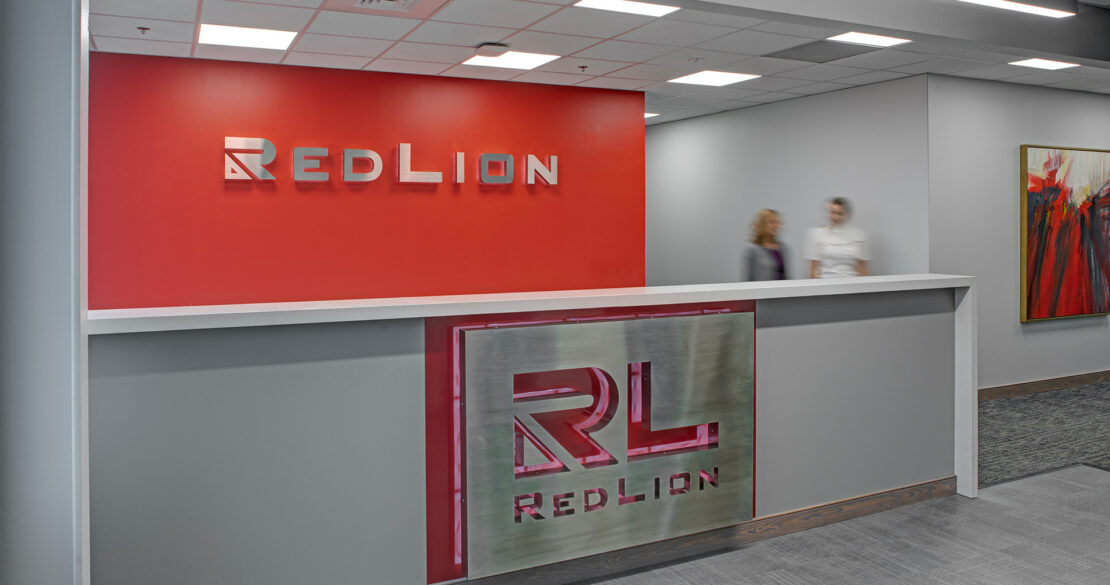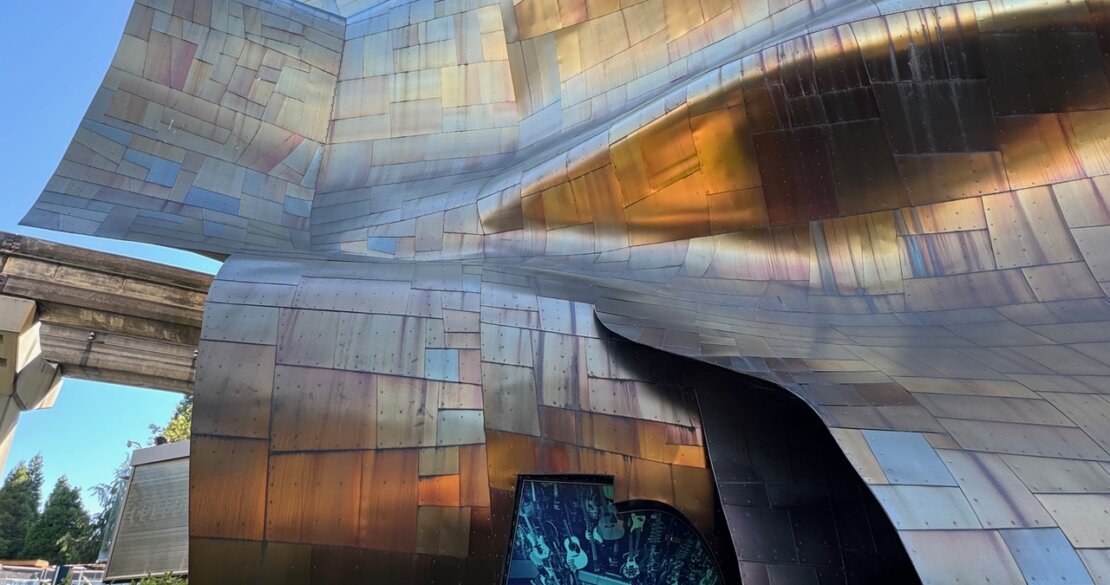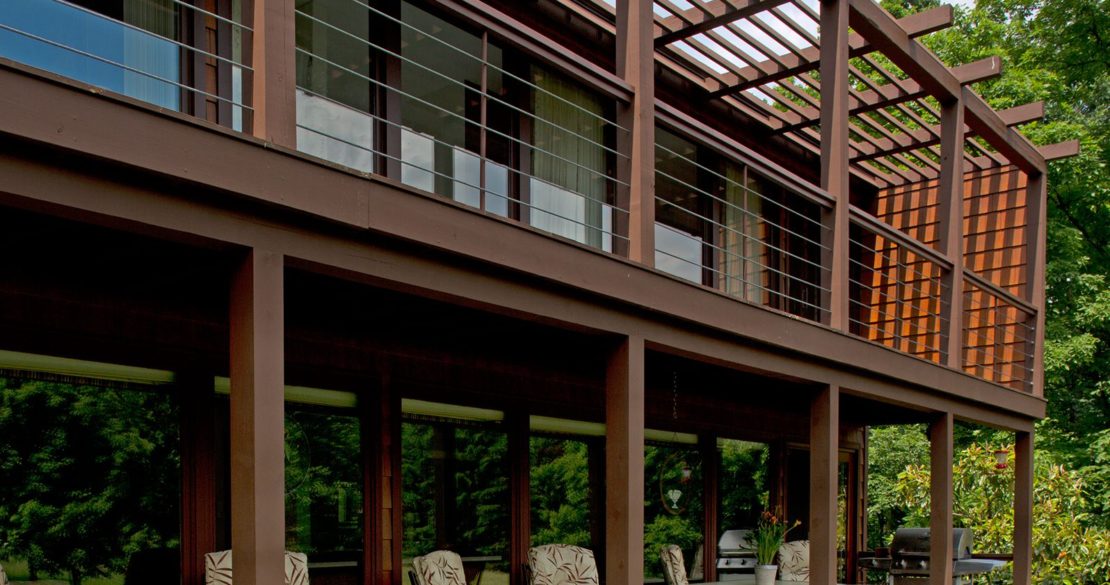Occupant demands are rising. They want more from commercial building designs than chic aesthetics and modern comforts. People now expect retail stores, offices, and restaurants to protect the planet, support their physical health, and deliver maximized convenience.
Enter high-performance buildings. These structures are designed to accommodate the public’s lofty demands while promoting sustainability, cost-effectiveness, productivity, and functionality.
High-performance building design encompasses every aspect of a structure’s lifecycle, from aesthetics and energy sources to environmental impact and the ability to weather natural disasters.
Here are five key design elements of high-performance commercial buildings that architects must use to build optimal structures that support occupants’ needs now and for decades.
What Are High-Performance Commercial Buildings?
The term “high-performance buildings” was first coined in the Whole Building Design Guide (WBDG) to describe the concept of sustainable and efficient structures. WBDG’s initial definition of high-performance buildings included seven core components:
- Aesthetics
- Cost-effectiveness
- Functionality
- Historic preservation
- Productivity
- Safety and Security
- Sustainability
Today, high-performance building design encompasses more than that. It also considers the user experience, promoting optimal occupant health and performance, and equipping structures for climate change.
To achieve this, architectural designers must take a whole-building approach when constructing high-performance structures. This tactic views a building as one integrated energy system in which every aspect of the design and construction lifecycle affects and influences the outcome of the structure as a whole. This approach ensures long-term financial benefits and an almost 70% boost in efficiency.
In addition to a whole-building design approach, all high-performance commercial buildings share five essential elements.
Five Key Characteristics of High-Performance Commercial Buildings
Energy Efficiency
High-performance buildings significantly reduce energy usage without sacrificing occupant comfort. This promotes sustainability by reducing a structure’s carbon footprint, lowering utility bills, and boosting cost savings.
Architects can enhance a commercial building’s energy efficiency by using resource-efficient materials and design methods, including daylighting, increased insulation, and energy management systems that leverage innovative technology and automation.
2. Sustainability
Beyond energy consumption, high-performance buildings have other design elements that minimize their environmental impact. This applies to not just the final product but the entire build lifecycle, including construction and renovation.
Designers should use eco-friendly materials and take the appropriate steps to reduce a structure’s impact on the surrounding environment and communities. One approach to promote sustainability is modular building, where structures are built in a controlled warehouse environment. This reduces waste, material and equipment usage, and broader environmental impacts.
3. Optimal User Experience
Every component of a high-performance building is designed with the user in mind. These structures have comfortable, healthy, accessible environments. To achieve this, designers must ensure optimal indoor air quality, improve ventilation, control noise levels, incorporate natural elements to promote calmness and comfort, and create spaces usable for people of all ability levels.
Furthermore, high-performance commercial buildings leverage flexible, adaptable spaces to increase productivity. This enables occupants to reconfigure the spaces to suit their evolving needs.
4. Future-Proofing Features
High-performance structures aren’t just built for the here and now. They are designed to stand up to increasingly severe weather and climate change. Architectural design methods to future-proof buildings include:
- Rainwater harvesting
- Using durable, sustainable materials like bamboo, cork, and hempcrete
- Installing central shafts and roofs with multiple slopes to bolster a building’s resilience to strong winds
- Proper roof, ceiling, and wall insulation and double-glazed windows to minimize heat loss
5. Incorporating Smart Technology
Lastly, high-performance commercial buildings are designed to incorporate the latest smart technology, including the Internet of Things (IoT), automation, artificial intelligence (AI), and machine learning. This maximizes productivity and ensures occupants can seamlessly harness the power of emerging innovations.
SAAarchitects Design High-Performance Buildings of the Future
SAAarchitects is passionate about designing high-performance structures that spur sustainability, productivity, and cost-efficiency. We collaborate closely with each client to ensure we deliver optimal project outcomes that stand the test of time.
Contact us today to learn how our innovative designers can optimize your commercial building.


